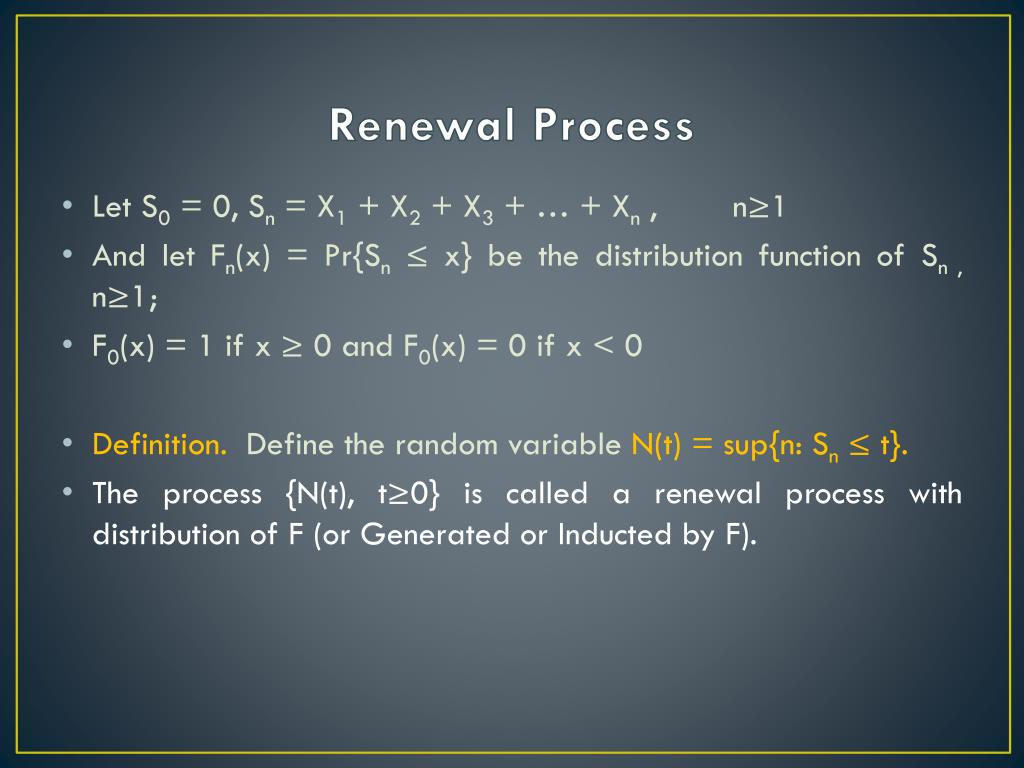
We use this feature as an assumption and define the buildup function as the probability Z( t) = 1, given that the value of Z at time zero is 0, i. Experimental evidence indicates that the initial percept is grouped, and then alternates ( Pressnitzer and Hupé, 2006 Deike et al., 2012). Z( t) = 0 indicates a grouped perceptual organization at time t and Z( t) = 1 indicates a split perceptual organization the buildup function is the probability that Z( t) = 1. This can be stated quantitatively in terms of a discrete valued perceptual state variable, Z( t), with a value of either 0 or 1 that may switch back and forth over time. The probability of observers reporting a split perceptual organization over time can be quantified as a buildup function. When viewing ambiguous dynamic plaids constructed from two drifting gratings at intermediate speed and angle, observers have reported first experiencing coherent motion of a unified plaid pattern, even when, in the long term, their perception is biased toward transparent motion of the individual gratings in each of their component directions ( Von Grünau and Dubé, 1993 Hupé and Rubin, 2003 Rubin and Hupé, 2004 Hupé and Pressnitzer, 2012). A similar phenomenon has been reported in the visual modality. In most of the reported experimental grouping paradigms, the initial probability of a split percept is zero, indicating that the first percept is always the grouped one ( Anstis and Saida, 1985 Carlyon et al., 2001 Micheyl et al., 2005 Pressnitzer et al., 2008 Hupé and Pressnitzer, 2012 but see Deike et al., 2012, who show that stimuli for which perception is very strongly biased toward segregation produce an initial split percept). There is typically a period of time over which the probability of the segregated percept increases, starting from the initiation of a presentation ( Bregman, 1978 Anstis and Saida, 1985) or a switch in the focus of attention ( Cusack et al., 2004). Studies using such ambiguous ABA- tone sequences have shown that perceptual splitting of sound events with different acoustic features into different streams increases over time ( Bregman, 1978 Anstis and Saida, 1985 Cusack et al., 2004). Generally, if alternations between two states exhibit independent durations with stationary statistics then the associated buildup function can be described by the statistical dynamics of an ARP. We propose that accumulation is not a necessary feature to produce buildup. Even though the competition model can show history dependence through slow adaptation, our statistical switching model, that neglects history, predicts well the buildup function. Our statistical-dynamics model describes well the buildup functions and alternations in simulations of pseudo-mechanistic neuronal network models with percept-selective populations competing through mutual inhibition. Using this theory, we describe the short-term dynamics of buildup observed on short trials in terms of the long-term statistics of percept durations for the two alternating perceptual organizations.
#Renewal process theory sequential testing trial#
In our model, perception alternates during a trial between different groupings, as in perceptual bistability, with random and independent dominance durations sampled from different percept-specific probability distributions. We present a statistical model based on an alternating renewal process (ARP) that generates buildup functions without an accumulative process.

During long duration stimuli perception may alternate between integration and segregation. The buildup function has been said to reflect an underlying mechanism of evidence accumulation or adaptation. In behavioral experiments, when a subject's reports of stream segregation are averaged over repeated trials, one obtains a buildup function, a smooth time course for segregation probability.

For example, segregation of acoustic features into streams may require several seconds. Then abruptly, perhaps after a few seconds, a segregated percept emerges. Initially, all stimulus features seem integrated. 3Department of Biology, New York University, New York, NY, USAįor some ambiguous scenes perceptual conflict arises between integration and segregation.2Courant Institute for Mathematical Sciences, New York University, New York, NY, USA.1Center for Neural Science, New York University, New York, NY, USA.Steele 1 *, Daniel Tranchina 2,3 and John Rinzel 1,2


 0 kommentar(er)
0 kommentar(er)
